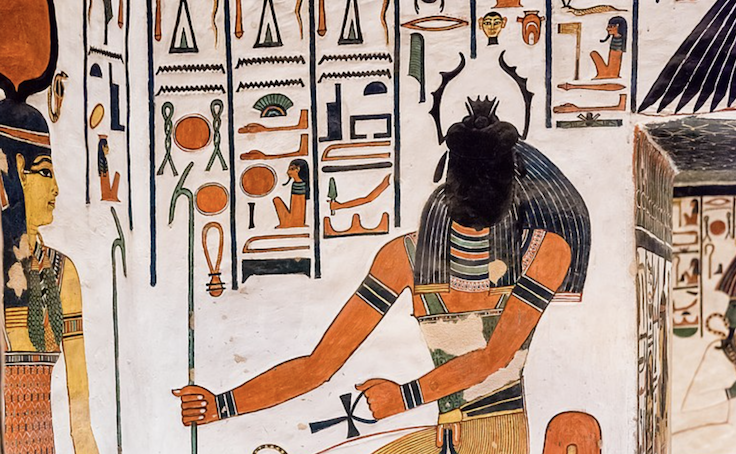Symbolism is the only mutual language which remains between ancient Egypt and the modern world; the eye of Horus has matured into a modern token of the magical unknown and the all-knowing, while visions of Sekhmet stalking the desert to protect her Pharaoh sit under the same sun which warms Luxor today. A particularly common motif among the ever-optimistic Egyptians, though, was one of death. For more than a thousand years, Ancient Egypt has honored death with plenty of rituals, from organ preservation to mummification. All symbolic, of course, but none quite as romantic in nature as the scarab, Egypt’s crowning symbol of rebirth; Egyptians would remove the heart of the deceased and replace it with a small, stone amulet of a beetle (kheper). They associated this little creature with the act of resurrection and creation; to them, the kheper was the representation of rising from nothingness – a direct symbol of the god Khopri. In one of the multiple creation myths, Khopri was an essential figure: he was a sculptor, Father of the Gods, and lord of creation. According to mythos, Khopri created all things out of clay, much…



